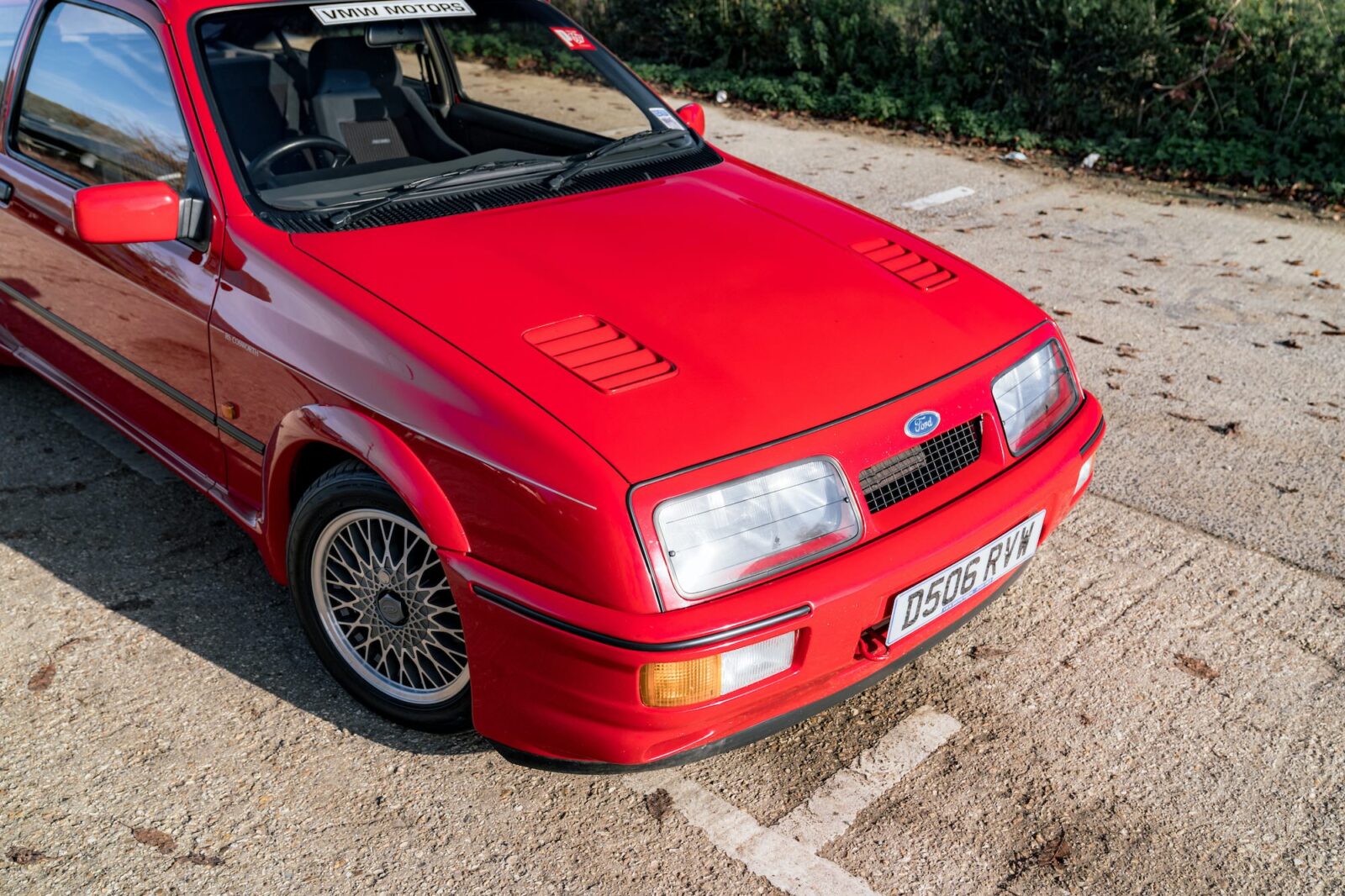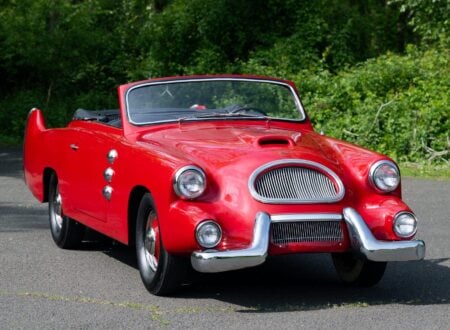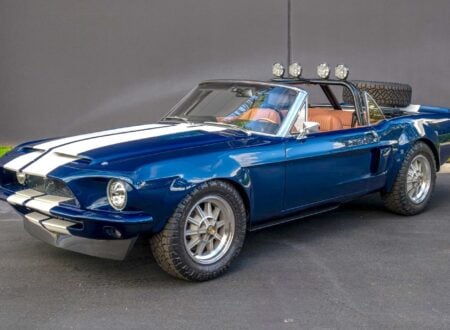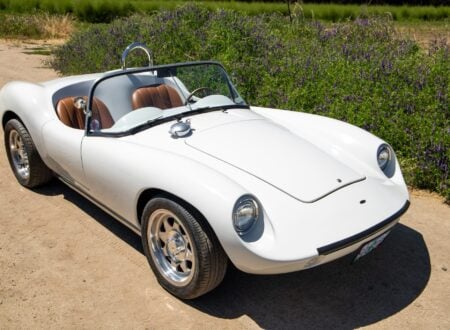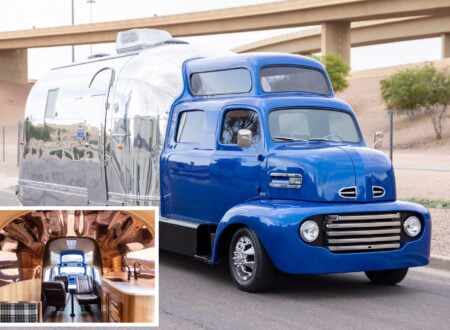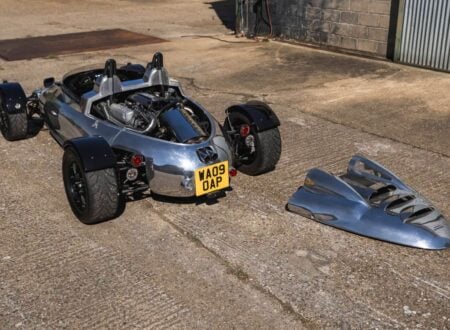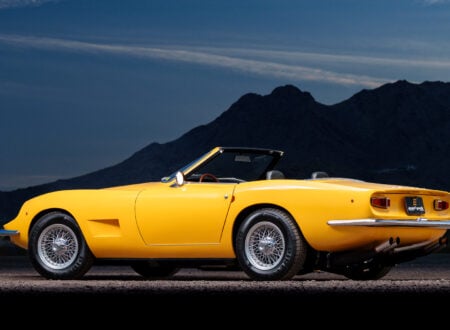The Ford Sierra RS Cosworth was developed to get Ford back to its winning ways in Europe, with long time engineering partners Cosworth doing much of the heavy lifting.
Despite a rocky start and its unusual looks, the Sierra RS Cosworth and its variants would go on to be a dominant force in touring car racing in Europe, Britain, Japan, New Zealand, and Australia, and a successful rally car to boot.
Fast Facts – The Ford Sierra RS Cosworth
- The Ford Sierra RS Cosworth, popularly known as the “Cossie” in the UK, was developed by Ford UK as a spiritual successor to the Mark I and Mark II Ford Escorts which had been so successful in both circuit and rally racing.
- The car was developed on the Ford Sierra platform with a significantly modified Ford Pinto engine under the hood developed by Cosworth and capable of 350+ bhp in race trim.
- Homologation rules for Group A racing required 5,000 cars be built and sold. The car was launched in 1985 and by 1986 there had been 5,545 made.
- The Sierra RS Cosworth would the British Touring Car Championship, Australian Touring Car Championship, Deutsche Tourenwagen Meisterschaft, Japanese Touring Car Championship, New Zealand Touring Car Championship, and many others – some of them multiple times.
The Ford Sierra RS Cosworth – Britain’s “Cossie”
When Stuart Turner was appointed head of Ford Motorsport in Europe in 1983 his first order of business was returning Ford to the front of the grid. The 1960s had been a time of dominance with the Ford GT40 winning the 24 Hours of Le Mans four years in a row from 1966 to 1969.
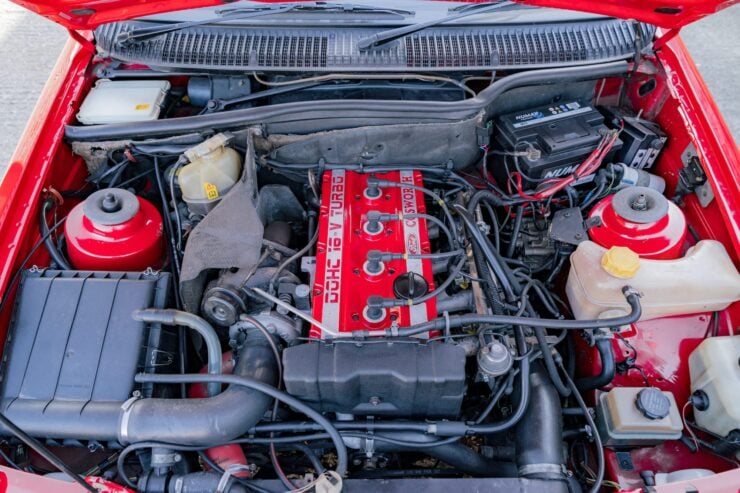

The 1970s had been marked by the continuing successes of the Ford Escorts and the Ford Cosworth DFV Formula 1 engine, still the most successful F1 engine of all time with 10 Formula One Constructors’ Championship wins to its name.
Turner got to talking with Walter Hayes, a long-time Ford man who had been heavily involved in the GT40 and DFV projects and got him onside. With this critical ally by his side he approached engineering firm Cosworth who had already developed the turbocharged YAA engine based on the Ford Pinto four-cylinder unit, but now with double overhead cams, 16 valves, and vastly more performance potential.
This was the perfect engine for the plan Turner was developing, and in a stroke of luck the Ford Sierra was already being powered by the Pinto engine, therefore the new Cosworth version would have no trouble bolting into the engine bay.
A deal was struck for 15,000 engines, even though Ford only needed 5,000, the final specification for the street engine would be 204 hp – a significant figure for a 2.0 liter four-cylinder engine in the mid-1980s.
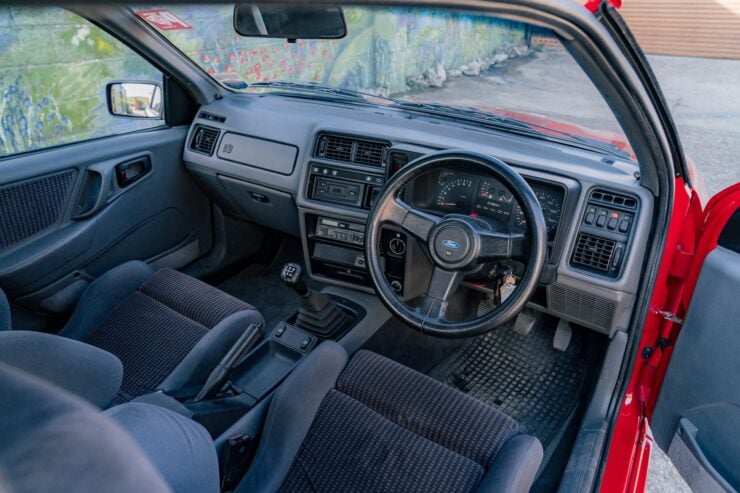

A new bodykit was designed for the Sierra RS Cosworth and to help reduce lift at speed an unusual rear wing was developed by a young designer named Frank Stephenson. Later in his career he would go on to design cars like the new Mini, the McLaren P1, the Ferrari F430, the Maserati MC12, and many others.
The Race Track Successes
Ford’s performance engineers there everything they had into the car, creating a spiritual successor to the Mark I and Mark II Ford Escorts. The wins for the Sierra RS Cosworth would come in thick and fast, including the successes enjoyed by the special edition cars like the Sierra RS500 Cosworth and the Sierra RS Cosworth 4×4.
As a model family these cars would win the Bathurst 1000 twice, the Spa 24 Hours, the Wellington 500, the Guia Race of Macau, the RAC Tourist Trophy and a number of championships including the British Touring Car Championship, the Australian Touring Car Championship, the Deutsche Tourenwagen Meisterschaft, the Japanese Touring Car Championship, the New Zealand Touring Car Championship, and others.
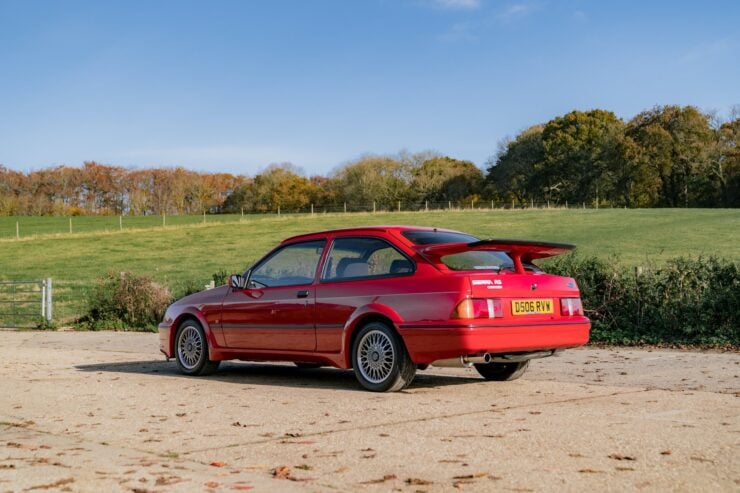

Ultimately the Ford Sierra RS Cosworth and the other models in the series remained in production from 1986 until 1992 and there can be no doubt that they achieved the goal set for them by Stuart Turner back in 1983.
The Ford Sierra RS Cosworth Shown Here
The car you see here is a 1986 model from the first year of production. Interestingly this car was originally ordered by a member of the British Nobility – the Duke of Bedford.
For reasons that aren’t listed the Duke would never take delivery of the car, it was instead used by Ford UK for for suspension and handling research purposes.
Eventually the car was bought by touring car driver Vince Woodman who used it strictly as a road car. It’s currently showing 97,748 miles on the odometer and it has a grey cloth-trimmed seats with patterned centre sections, electric windows, a set of 15-inch alloy wheels, as well as its original Ford-branded radio/cassette player.
If you’d like to read more about this car or register to bid you can click here to visit the listing on Collecting Cars. It’s being auctioned live at the time of writing.
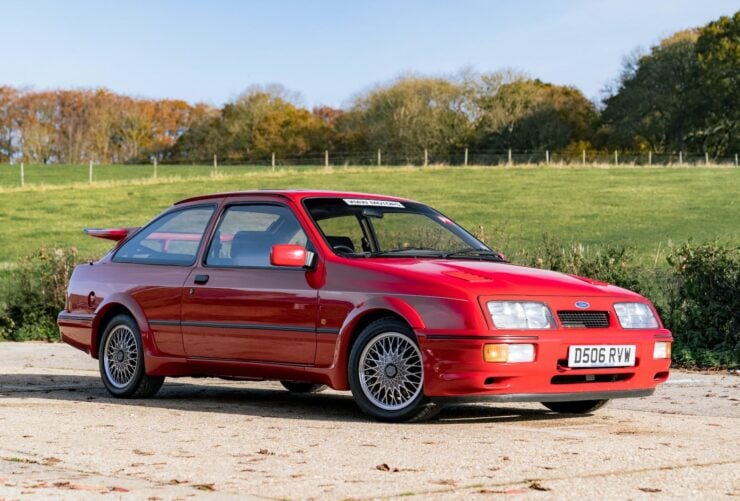
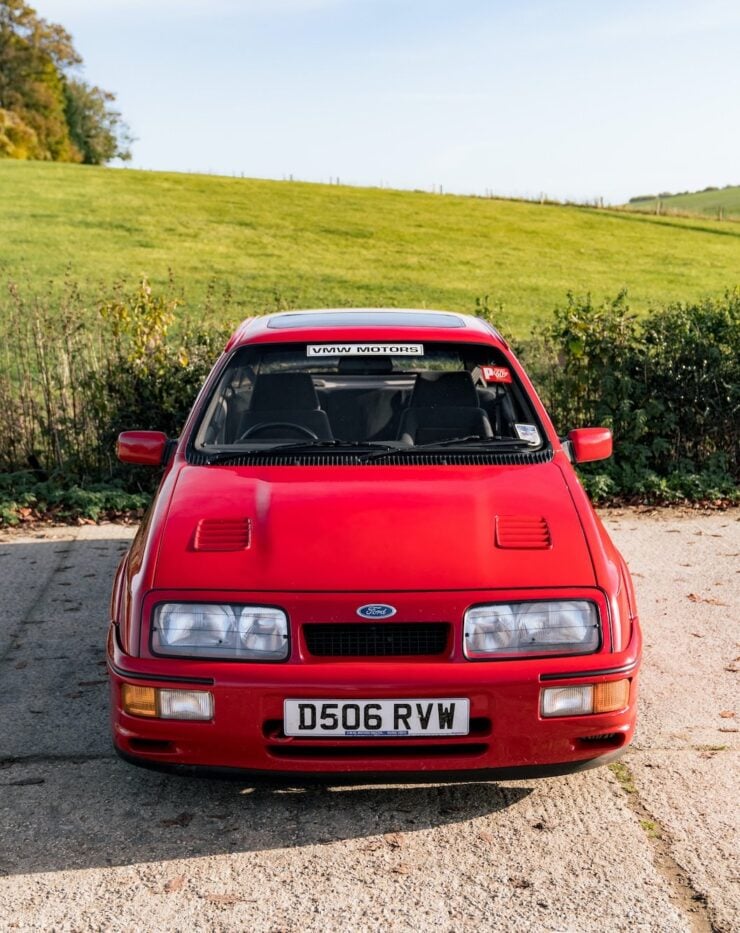
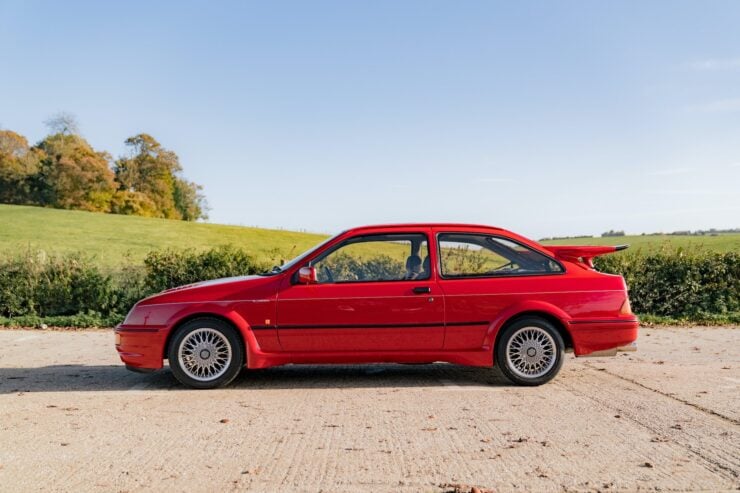
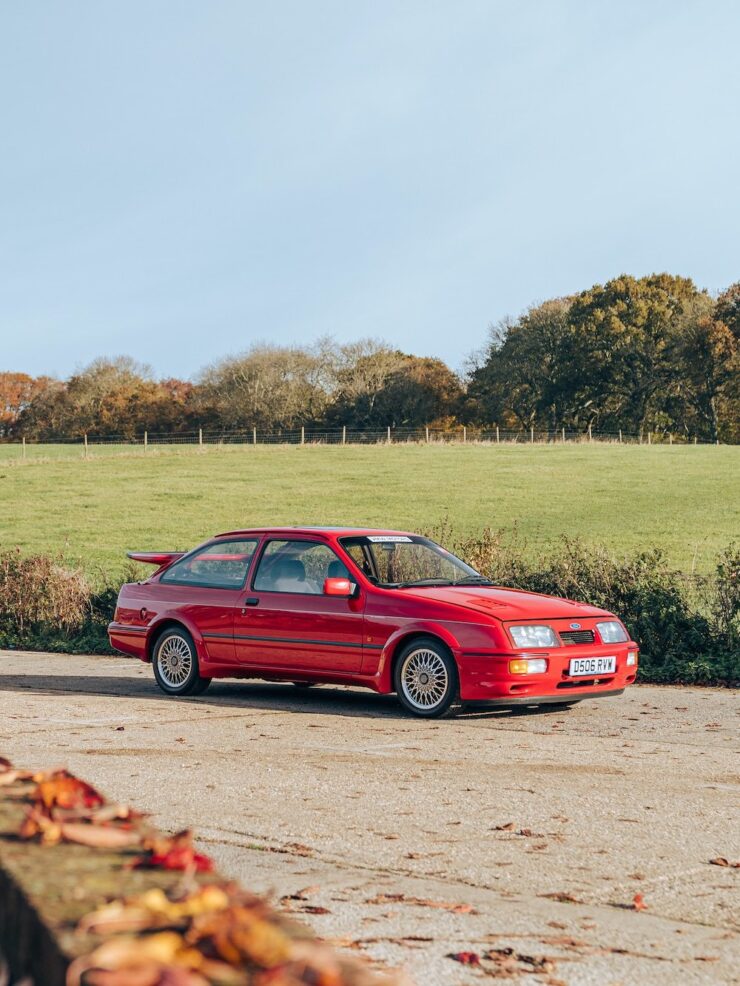
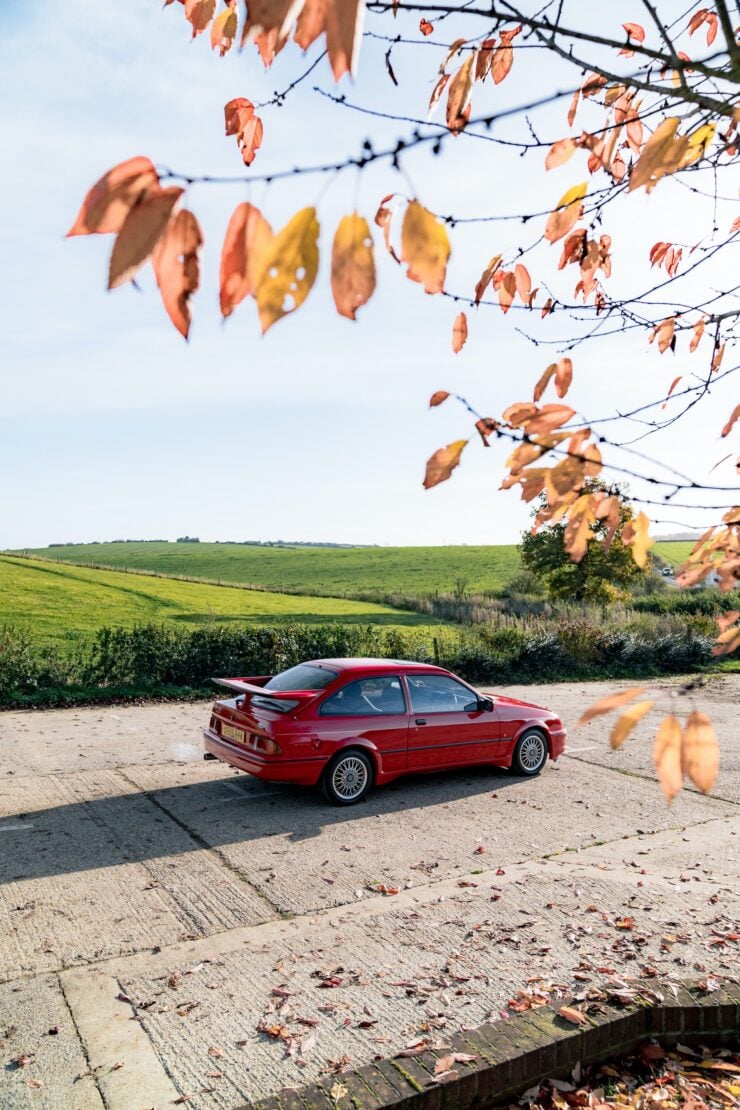
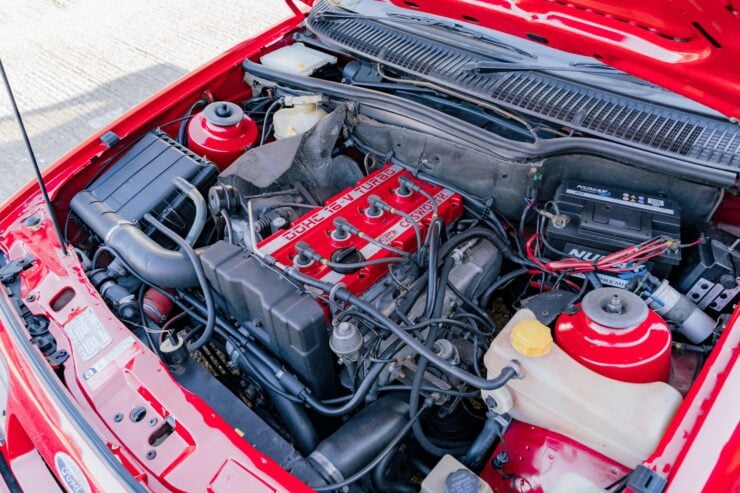
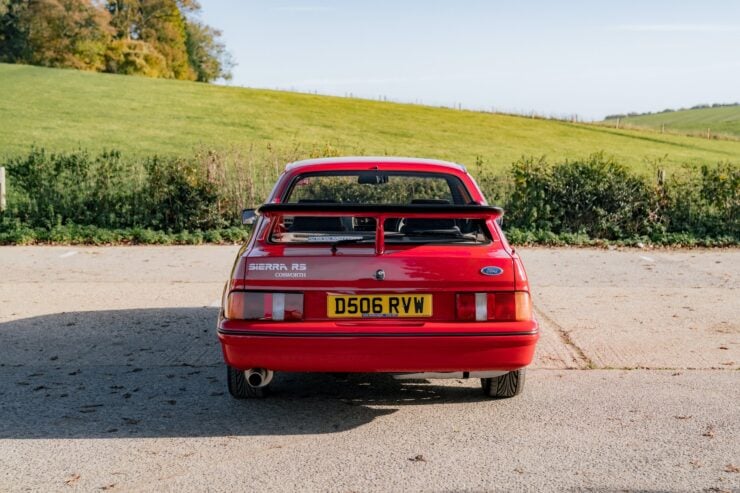
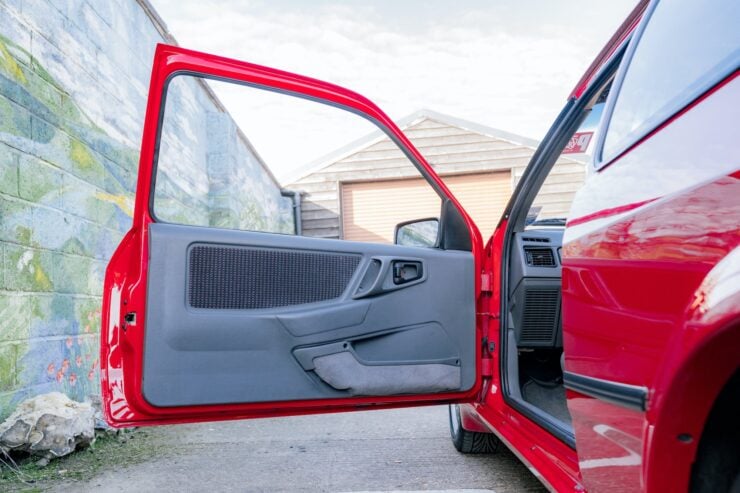
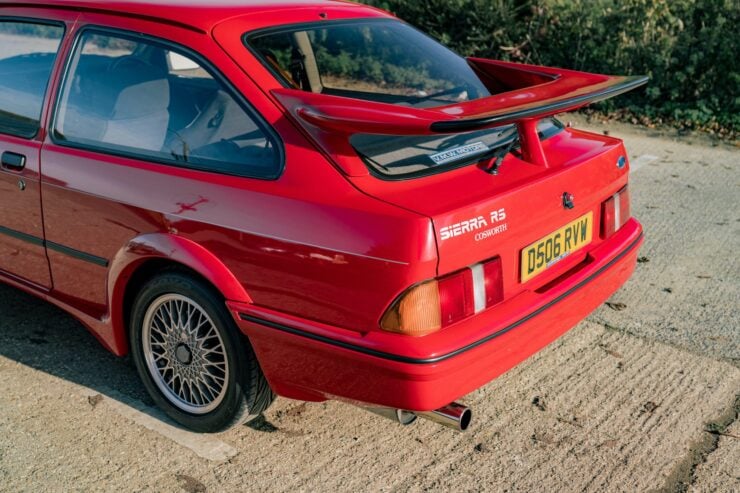
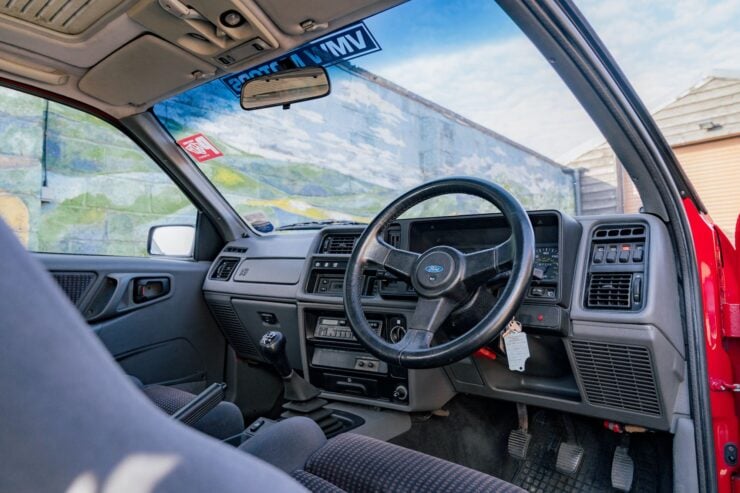
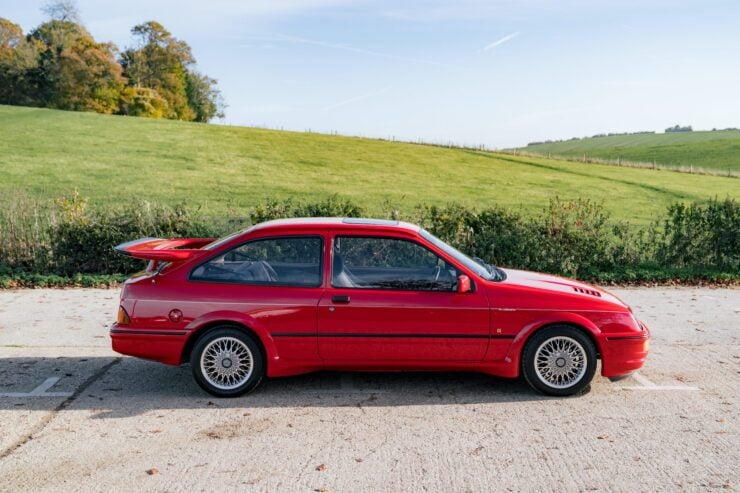
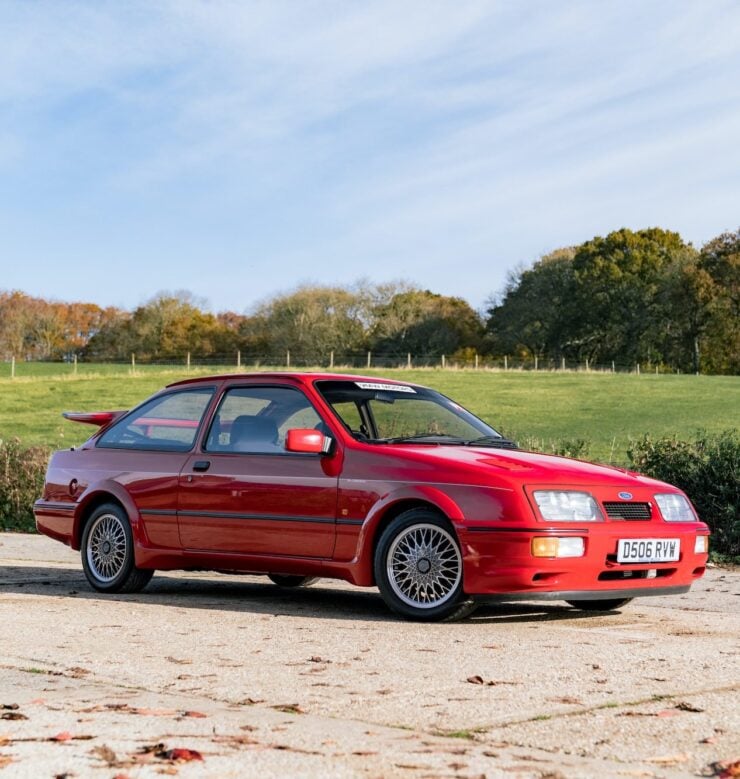
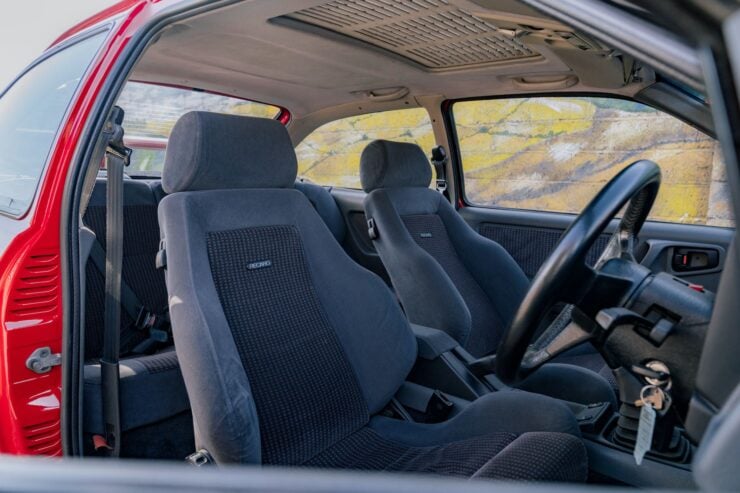
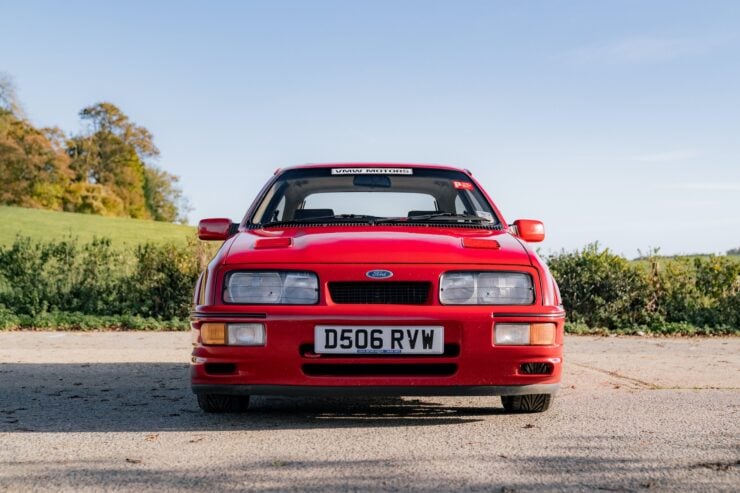
Images courtesy of Collecting Cars

